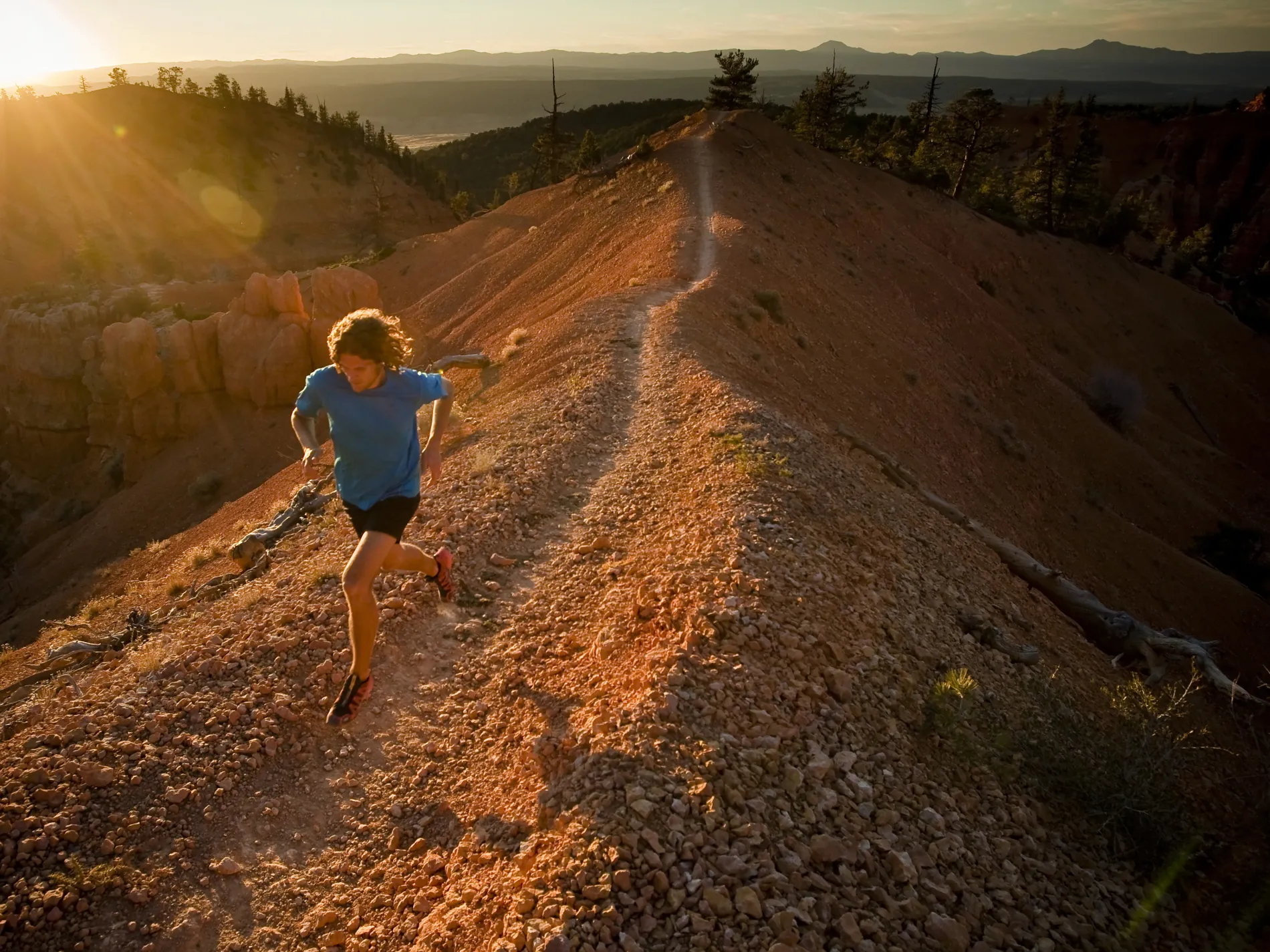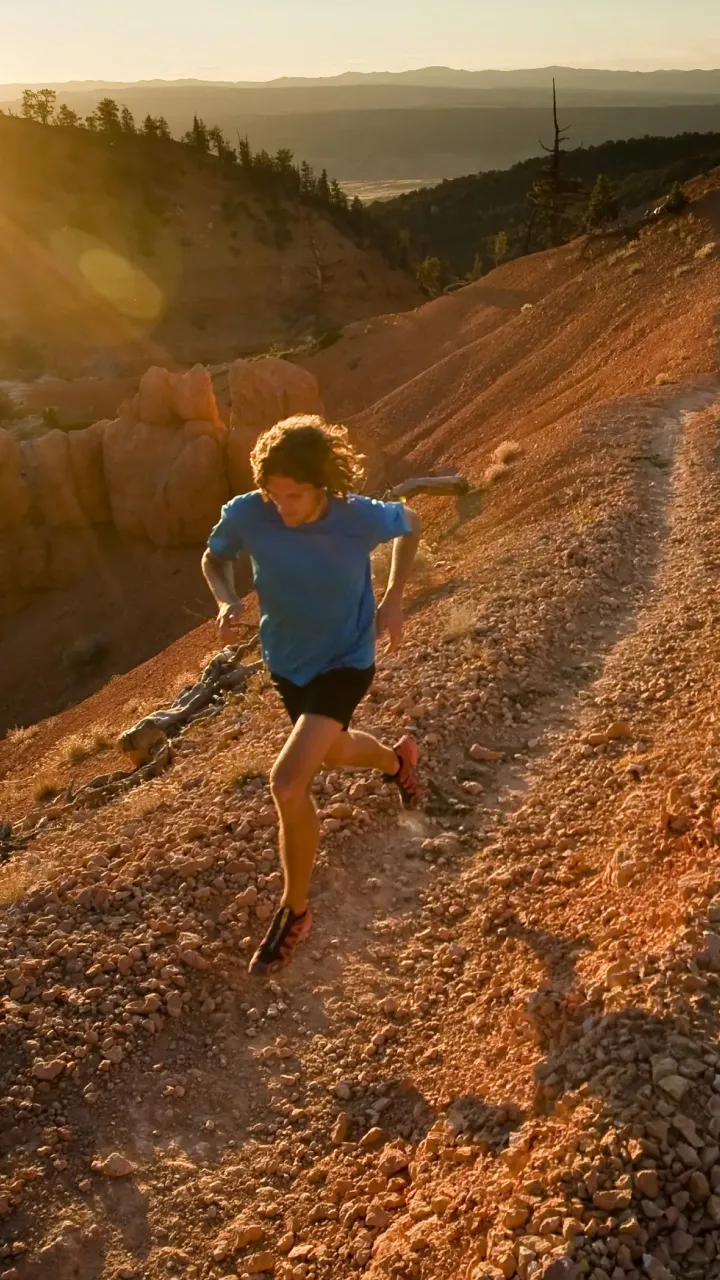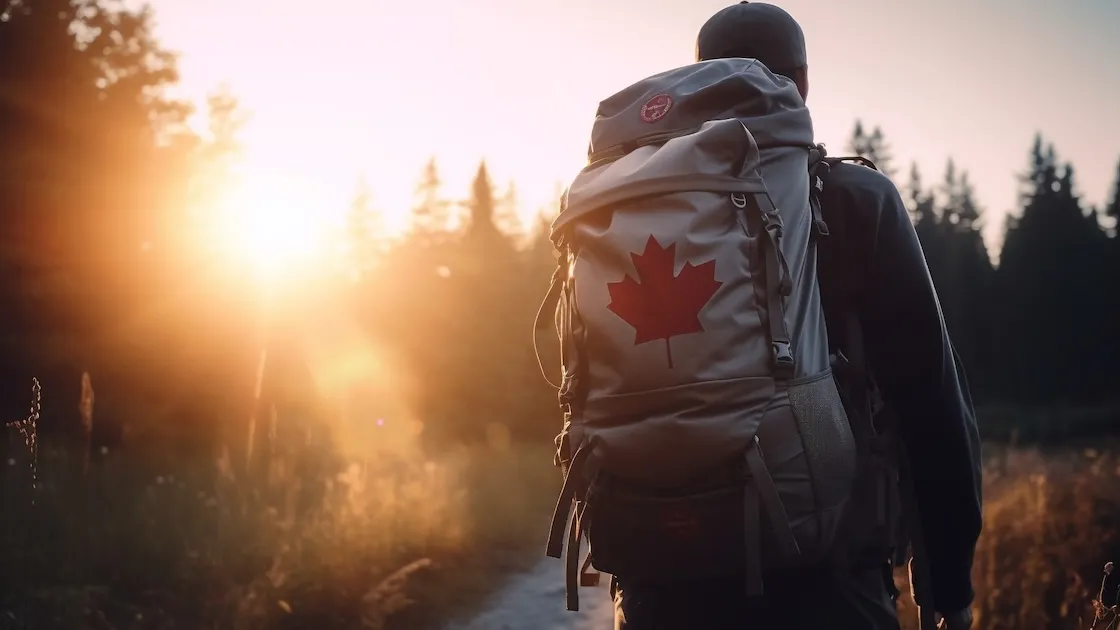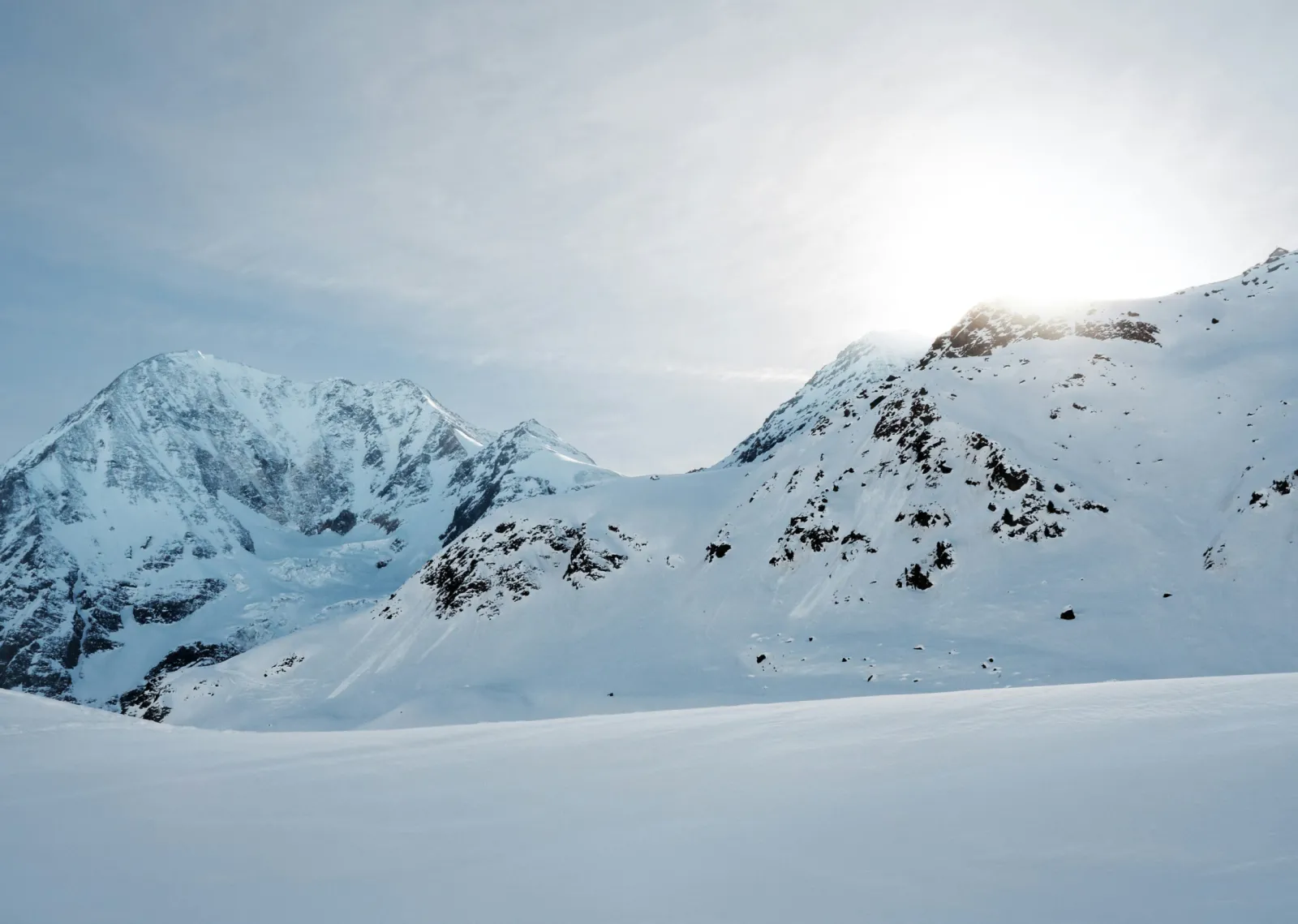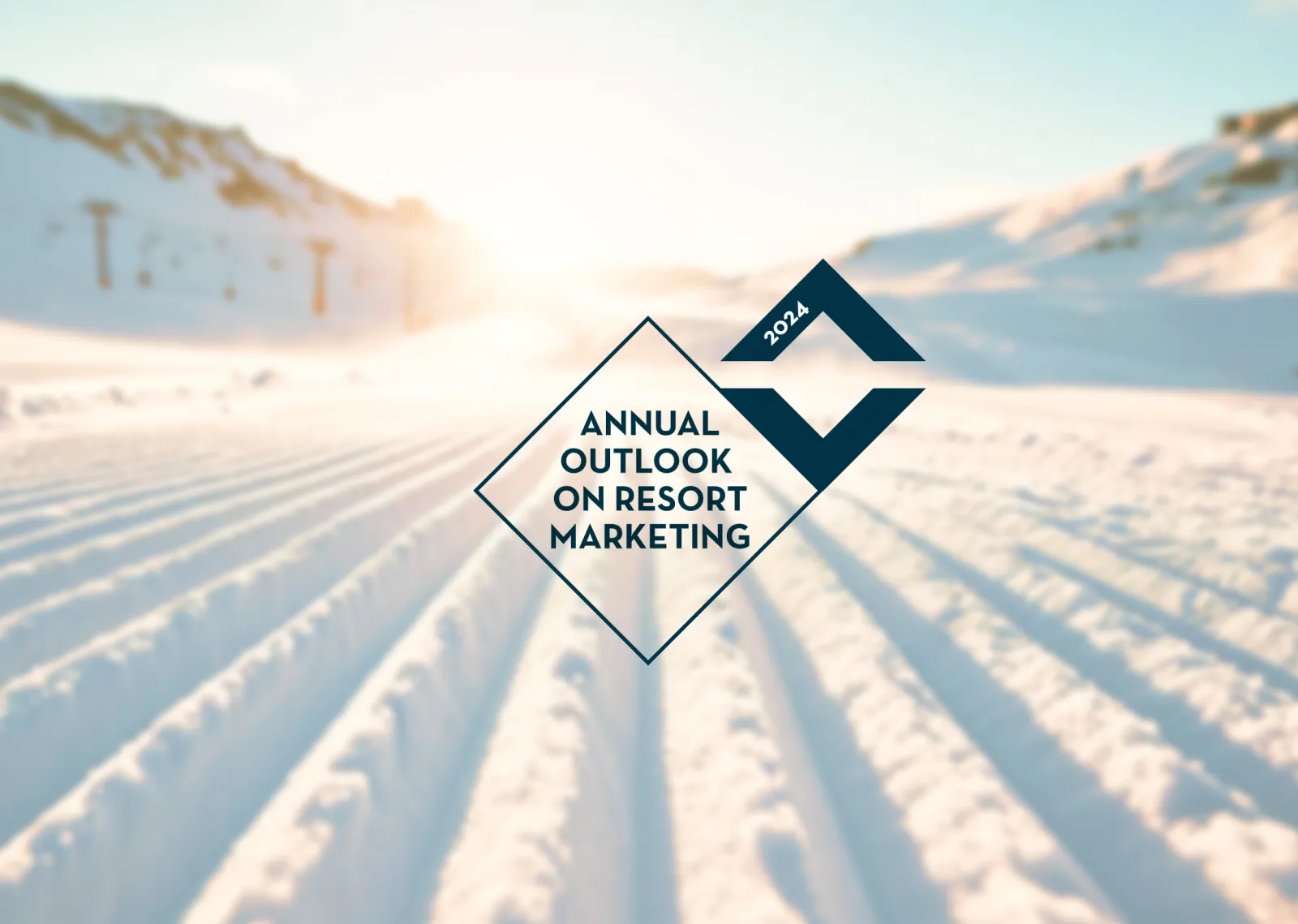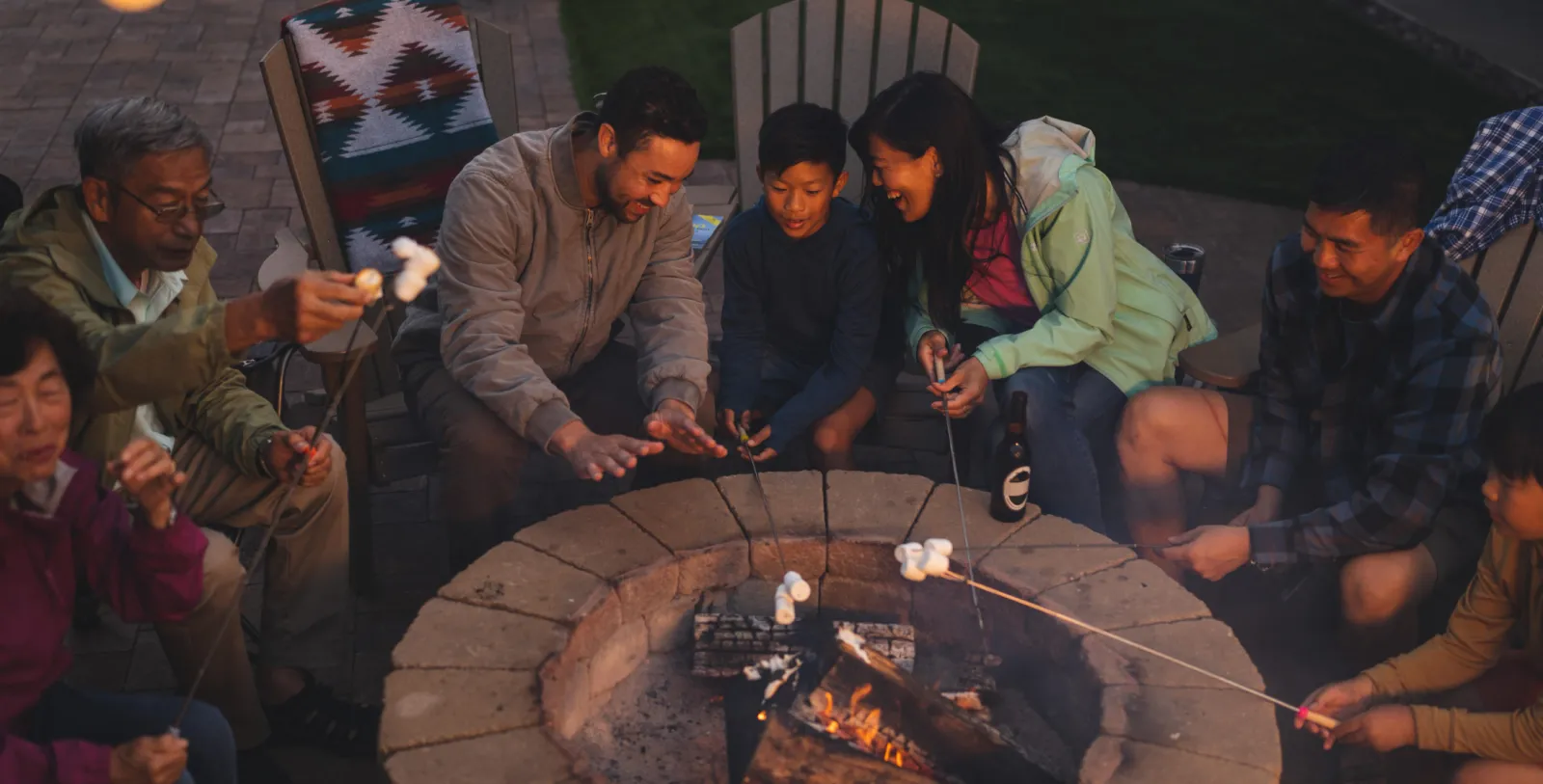Thought leadership: the state of trail running
It’s been two years since I wrote a piece about trail running’s growth and interviewed Adam Campbell, Arc'teryx/Salomon athlete, owner of the Five Peaks Trail Running Series (and one of the nicest guys ever) for his take on things. I wanted to get an update on how the sport has evolved in the last few years.
Trail running is hot. In 2015, more than two million Americans hit the trails for a run. According to the Outdoor Foundation’s 2016 Outdoor Recreation Participation Report, trail running saw a 10 percent increase in participation between 2013 and 2016. And big brands are paying attention, inking sponsorship deals with big events such as the Ultra-Trail du Mont-Blanc and the Safaricom Marathon.
Origin: How has trail running changed or evolved since we spoke two years ago? What are some of the key changes you’ve seen?
Adam: The biggest change has been a shift towards more "adventure style runs". I am seeing more people take their fitness into more technical and demanding terrain. There is a hybridization between mountaineering, trail/mountain running, ski mountaineering and climbing. Athletes like Kilian Jornet, Uli Steck, Alex Honnold, Tommy Caldwell are starting to push big mountain linkups and objectives.
We are also starting to see more FKT (Fastest Known Time) attempts on traditional courses and ranges. These aren't races, but they are competitive.
The push is similar to what we see with people using tools like Movescount and Strava, where people can compete against each other and themselves without necessarily racing head-to-head.
I would also say that social sharing on Instagram, Facebook, etc. has increased dramatically. Do people still venture into the trails without taking a selfie or two?
Origin: How are manufacturers responding to the increase and the expectations from trail runners?
Adam: We are seeing many more manufacturers, including big brands like Nike, as well as more trail specific brands, entering the market. The gear is becoming much more sport and event specific and marketing strategies are focusing less on races and more on the personal experience in the mountains.
Origin: What innovations are you most excited about on the product or events side?
Adam: I am very excited about the continued evolution of light and warm gear. Weight and warmth are critical to moving light and fast in the mountains. They provide an element of safety, but also efficiency and comfort. I am also liking seeing less bulky gear, as well as stickier and more durable rubber on shoes. That traction makes it much safer to run up rocks.
On the events, I love seeing the diversity of races out there. I particularly like the more technical races, like the Skyrunning Extreme events, but am happy to see that there are events for everyone.
Origin: There is so much more content about trail running now than just two years ago. Both high production value content like Salomon Running TV and more personal blogs and videos being shared daily. What would you say are the best sources for trail running content and how would you describe the evolution in these last few years?
Adam: I am a big fan of Instagram for daily inspiration and the trail running movies that are coming out. Kilian's Summits of my Life project has been quite influential, as is Salomon TV.
Origin: Two years ago, you talked about the backlash against big corporate style events. Would you say that trend has continued or changed in any way?
Adam: I'm not sure there is a backlash. As I said above, there are events for everyone out there, be it grassroots, mountaineering, or big corporate production runs. Each one is unique and has its own flavour.
Origin: Looking to the future, what are some of the trends you are seeing? What are some of your predictions about the sport?
Adam: The sport will keep growing and we will likely see more urban trail races, as in obstacle style races, as well as big mountain races, which blur the line between mountaineering and running. I also think we will see more live and personal tracking of racing, where people can broadcast directly from the trail and you can follow runner progression in real time.
